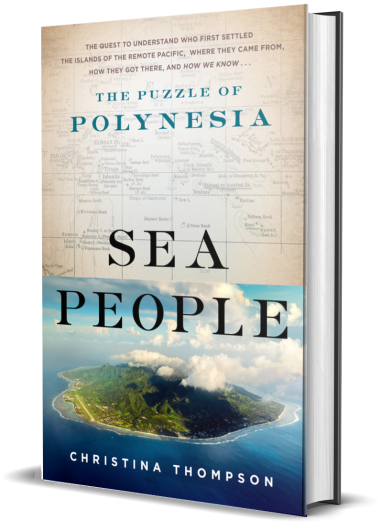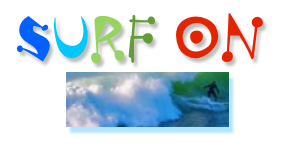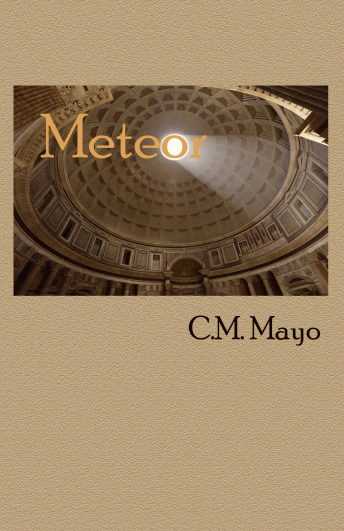
“A very clever agent once told me to write for the smartest person I know who knew nothing about my subject. I thought this was great advice, and I have both kept it in mind for myself and passed it along to my students ever since“
— Christina Thompson
This blog posts on Mondays. Fourth Mondays of the month I devote to a Q & A with a fellow writer.

Splendidly written and deeply researched, Christina Thompson’s Sea Peoples will appeal to not only specialists on Polynesia but any discerning reader with a broad interest in history—or, I should say, the enduring question of what it means to be human. What brought me to read Sea People is my interest in what historian David M. Wrobel calls the “global frontier.” My own work in-progress is on Far West Texas, which, like Polynesia, saw its first European explorers, then Euro-American colonizers, within roughly the same time frame. One might call Far West Texas a sort of reverse Polynesia: it is a desert land with widely scattered oases. Like Polynesia, anyone who would attempt to travel through it risked mortal danger. When and how did the Polynesians sail into that vast watery expanse of the globe and settle the islands from New Zealand to Hawai’i to Easter Island? Thompson uncovers a riveting and profoundly important story.
C.M. MAYO: In brief, what inspired you to write Sea People?
CHRISTINA THOMPSON: There’s a chapter in my previous book in which I describe the experience of staying behind in Honolulu while my husband traveled with our young son to NZ for his father’s funeral. My husband is Maori and, of course, I knew the big story about Polynesia—how the Islanders in Hawai‘i and Easter Island and New Zealand and everywhere in between were all part of one big family. But the breathtaking reality of what that actually entailed came home to me in a new way when I looked out at the Pacific from Honolulu and thought about how far away New Zealand was. Sea People is an attempt to work out the implications of that understanding.
C.M. MAYO: As you were writing, did you have in mind an ideal reader?
CHRISTINA THOMPSON: A very clever agent once told me to write for the smartest person I know who knew nothing about my subject. I thought this was great advice, and I have both kept it in mind for myself and passed it along to my students ever since.
C.M. MAYO: Now that it has been published, can you describe the ideal reader for this book as you see him or her now?
CHRISTINA THOMPSON: I learned a lot of things in the course of writing this book, and I ended up explaining some fairly esoteric subjects, like the theory behind coral atoll formation, or how radiocarbon dating actually works, or what a reconstructed proto-language is. My working assumption was always that if I found these things fascinating, my ideal reader most likely would too.
C.M. MAYO: In your researches, what are the one or two things that most surprised you to uncover?
CHRISTINA THOMPSON: I was amazed to learn that a very tiny number of potsherds had been discovered in the Marquesas, 3,500 miles from the nearest island in which pottery is known to have been made. The implication is that those sherds were likely carried there nearly 1000 years ago by some very early voyager.
I was also fascinated by the fact that European explorers sometimes found signs that islands had once supported significant populations which had since disappeared, leaving us to wonder what happened to those people.
C.M. MAYO: Can you share any surprises for you about your book’s reception?
CHRISTINA THOMPSON: I definitely did not anticipate how many male readers I would have. A great deal of the enthusiasm for this book has come from men, many of whom work in technical fields. I was so surprised by this that I wrote a little essay about it for the American Scholar.
C.M. MAYO: Which writers have been the most important influences for you as a writer of narrative nonfiction? And for Sea People in particular?
CHRISTINA THOMPSON: Bruce Chatwin’s In Patagonia is one of my touchstones; it opened my eyes to what could be done with travel narratives and history and a geographical perspective. Another writer in a similar vein who had a great influence on me is Jonathan Raban, author of the very wonderful Bad Land. Theoretically I am very indebted to a profoundly creative Australian historian named Greg Dening, and when I want to be reminded how to write about the islands, I look to Somerset Maugham and Robert Louis Stevenson’s masterful descriptive passages.
C.M. MAYO: Which writers are you reading now?
CHRISTINA THOMPSON: I’m currently reading Julia Blackburn’s Time Song, T. M. Luhrmann’s When God Talks Back, and Daniel Mendelsohn’s Three Rings, plus a Brodie Jackson novel by Kate Atkinson.
C.M. MAYO: How has the Digital Revolution affected your writing? Specifically, has it become more challenging to stay focused with the siren calls of email, texting, blogs, online newspapers and magazines, social media, and such? If so, do you have some tips and tricks you might be able to share?
CHRISTINA THOMPSON: I think this depends on what stage one is at in the writing process. When you’re actually writing a book, all this stuff is a distraction and you have to be very careful not to waste too much time on it. But once your book is published, it becomes a lifeline to your readership, and the more you participate the better. So, I think it’s really a matter of making all these opportunities work for and not against you, and that takes a certain amount of discipline.
C.M. MAYO: For writers of narrative nonfiction keeping notes and papers organized can be more than tremendously challenging. Would you have any tips to share?
CHRISTINA THOMPSON: I have a bad system. I take notes on what I’m reading in a series of composition notebooks (the black and white marbled kind). I am always reading several books at once and the notes get all jumbled, a few pages about this book, then a few pages about something else, then some pages about a third thing. I never know where anything is. But then when I read back through the notebooks, it’s like a narrative of my reading history and I can see the threads of ideas and themes that interest me. One thing I am scrupulous about, however, is keeping track of page numbers and bibliographic citations.
C.M. MAYO: For those looking to publish, what would be your most hard-earned piece of advice?
CHRISTINA THOMPSON: Don’t be too impatient and don’t try to publish work that isn’t ready. Also, I do recommend having some readers for your work-in-progress: a writing group or a class can really help you identify weaknesses in your writing that you might not be able to identify on your own.
C.M. MAYO: What’s next for you as a writer?
CHRISTINA THOMPSON: I’m working on a book about early 19th century missionaries in the Pacific. They are a very polarizing group and they had a very big impact on island societies. I want to try to understand their experience, as well as the experience of the people they set out to evangelize, and the lasting consequences of these encounters.
> Visit Christina Thompson’s website and learn more at www.christinathompson.net

Q & A with Timothy Heyman on the Incomparable Legacy of
German-Mexican Novelist B. Traven
From the Writer’s Carousel: Literary Travel Writing
Lord Kingsborough’s Antiquities of Mexico
*
My new book is Meteor


